Confirmed Speakers
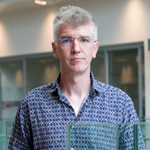 | James Briscoe (The Francis Crick Institute, UK) |
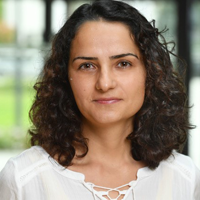 | Aydan Bulut-Karslioglu (Max Planck Institute for Molecular Genetics, Gremany) |
 | Della David (Babraham Institute, UK) |
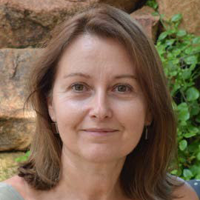 | María Dominguez Castellano (Instituto de Neurociencias de Alicante, Spain) |
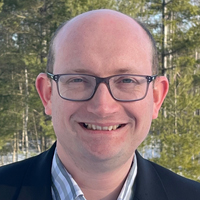 | Paul François (Université de Montréal, Canada) |
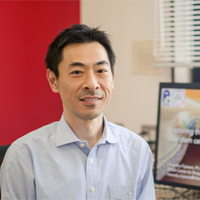 | Hironobu Fujiwara (RIKEN Center for Developmental Biology) |
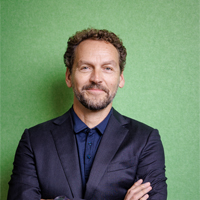 | Martin Hetzer (Institute of Science and Technology Austria, Austria) |
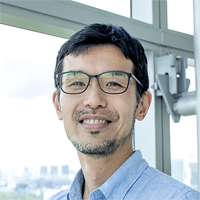 | Tsuyoshi Hirashima (Mechanobiology Institute, National University of Singapore, Singapore) |
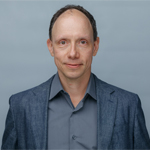 | Steve Horvath (Altos Labs, USA) |
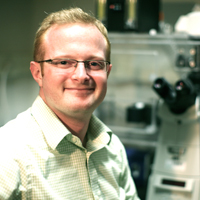 | Daniel Jarosz (Stanford University, USA) |
 | Leanne Jones (University of California, San Francisco, USA) |
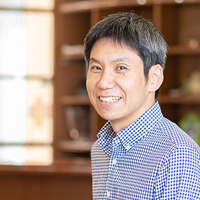 | Tomoya Kitajima (RIKEN Center for Developmental Biology, Japan) |
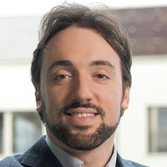 | Gioele La Manno (École Polytechnique Fédérale de Lausanne, Switzerland) |
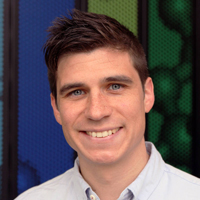 | Inigo Martincorena (Wellcome Sanger Institute, UK) |
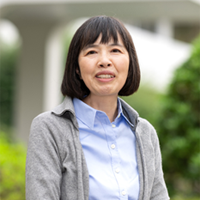 | Mariko Okada (Institute for Protein Research, Osaka University, Japan) |
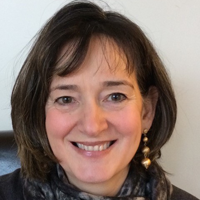 | Nancy Papalopulu (The University of Manchester, UK) |
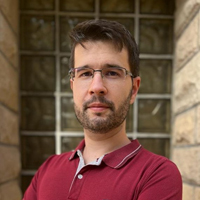 | Alberto Pradilla Dieste (Gurdon Institute, University of Cambridge, UK) |
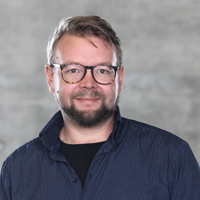 | Jonathan Rodenfels (Max Planck Institute of Molecular Cell Biology and Genetics, Germany) |
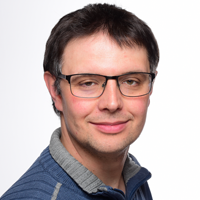 | Andreas Sagner (Institute of Biochemistry at FAU Erlangen-Nuremberg, Germany) |
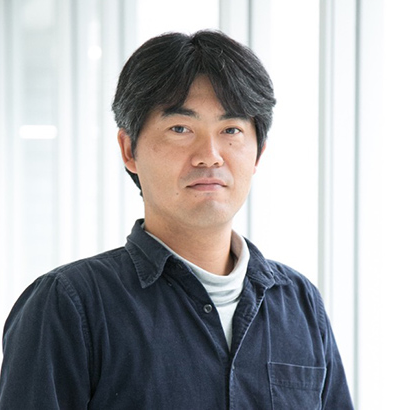 | Katsuyuki Shiroguchi (RIKEN Center for Developmental Biology, Japan) |
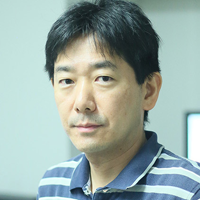 | Motomasa Tanaka (RIKEN Center for Brain Science, Japan) |
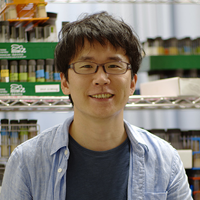 | Sa Kan Yoo (RIKEN Center for Biosystems Dynamics Research, Japan) |
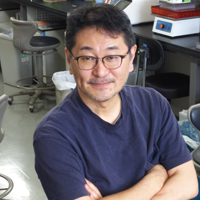 | Shosei Yoshida (National Institute for Basic Biology, Japan) |
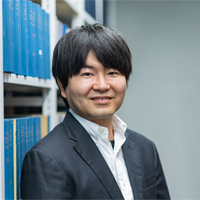 | Hikari Yoshitane (Tokyo Metropolitan Institute of Medical Science, Japan) |


